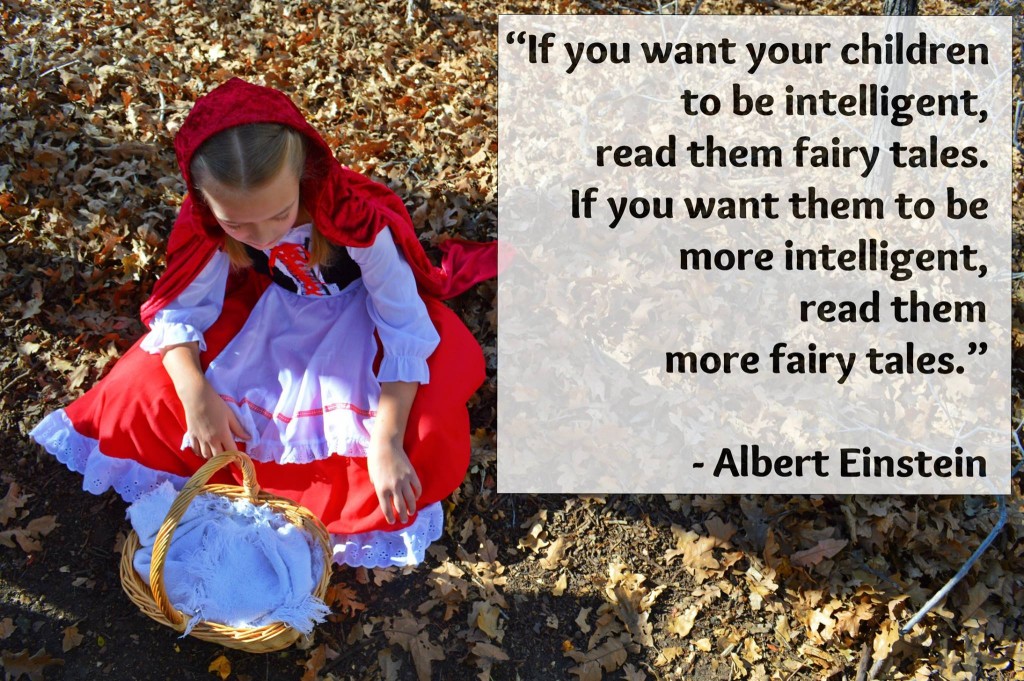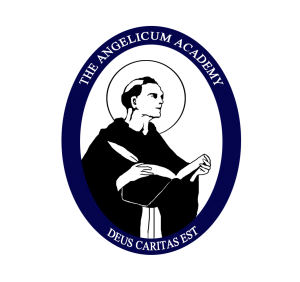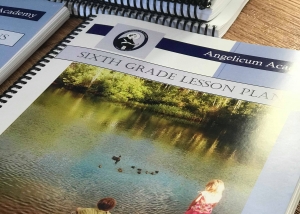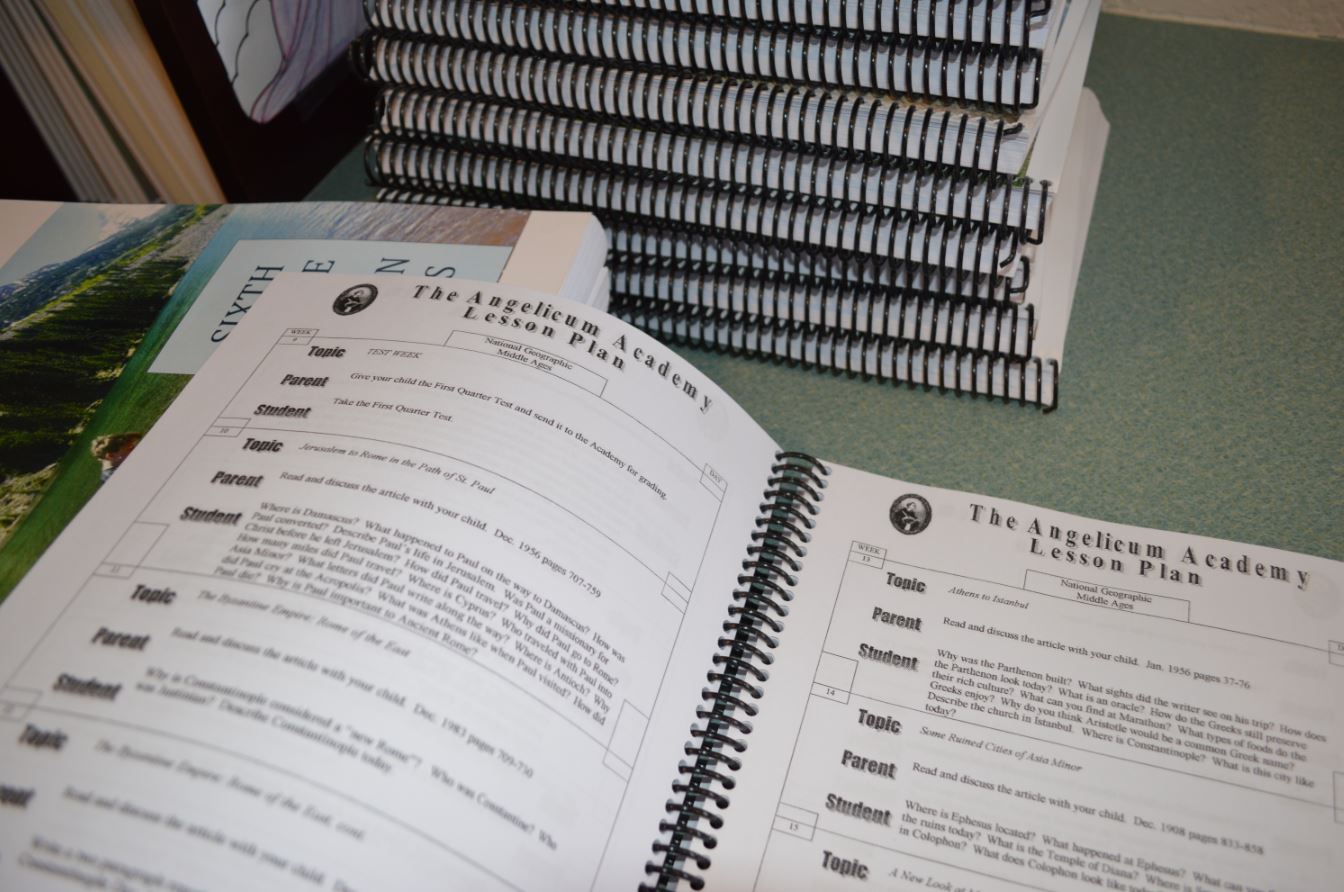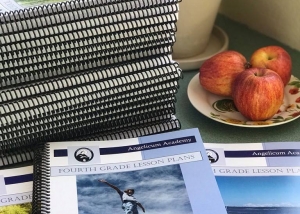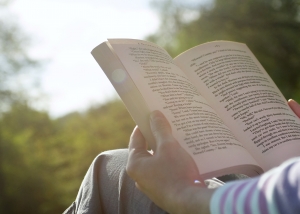“Thank you for a wonderful year. We are so happy with what he has accomplished and received through his readings and classes this year. I am so thankful that I came across your site and plan to continue on through the next few years. I worked through one of the Good Books reading lists with my younger girls this year — and I read them myself, as well. I can’t say enough how excited and impressed I was with the recommended reading material…..such wonderful reading material. I wish I had known about these lists when Fulton was in elementary grades! Thank you so much for providing such a wonderful opportunity for Catholic families.” – God bless your work, Lynette
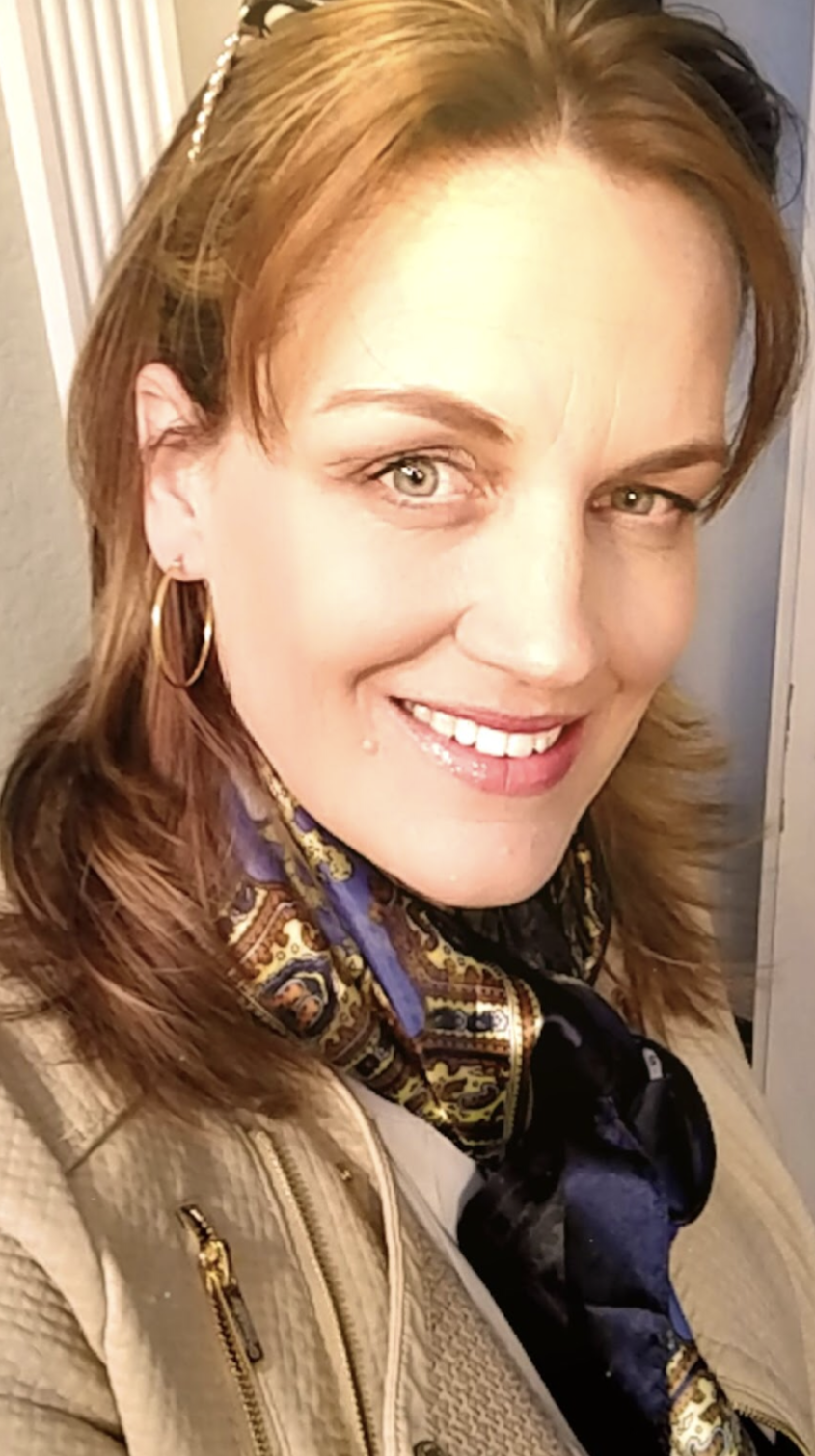
Elisabeth Carmack
THE “GOOD BOOKS” LITERATURE PROGRAM by Elisabeth Carmack
John Senior (1923-99), the late classicist professor at the University of Kansas (KU), was a student of the poet, author, teacher, and great books advocate Mark Van Doren at Columbia University in the 1940’s. Van Doren was co-moderator of many great books groups at Columbia in the 1920’s with Dr. Adler, and both were students of John Erskine. Senior’s great books credentials go straight back to the beginning of the movement at Columbia. Dr. Adler was invited to lecture at KU in the 1970’s by Senior.
Senior was a very personable, renowned and really beloved figure at KU (along with fellow professors Dennis Quinn and the late Frank Nelick), and all around eastern Kansas, as well as beyond. Unpretentious, he humbly preferred not to be called professor, so we will honor that wish here. My family had the honor of his presence for visits and dinner on occasion in the 1980’s. Unusually well-read and a sagacious judge of literature, he compiled a list of books, broken into four age groups (2-7, 7-12, 12-16, 16-20) he called the “good books,” which he said “everyone should have read.” His son, Andrew, said that his father regarded the compilation of the list as one of the most important works of his life. In his book, The Death of Christian Culture, Senio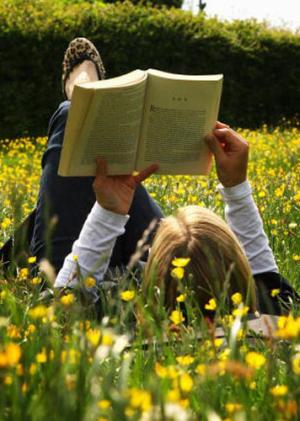 r explained his terminology and selections:
r explained his terminology and selections:
“The Great Books movement of the last generation has not failed as much as fizzled, not because of any defect in the books – ‘the best that has been thought and said,’ in Matthew Arnold’s phrase – but like good champagne in plastic bottles, they went flat. To change the figure, the seeds are good but the cultural soil has been depleted; the seminal ideas of Plato, Aristotle, St. Augustine and St. Thomas thrive only in an imaginative ground saturated with fables, fairy tales, stories, rhymes, and adventures: the thousand books of Grimm, Anderson, Stevenson, Dickens, Scott, Dumas and the rest.”
Taking all that was best of the Greco-Roman world into itself, Western tradition has given us the thousand good books as a preparation for the great ones – and for all studies in the arts and sciences. Without them all studies are inhumane. The brutal athlete and the foppish aesthete suffer vices opposed to the virtue of Newman’s gentleman. Anyone working at college, whether in the pure arts and sciences or the practical ones, will discover he has made a quantum leap when he gets even a small amount of cultural ground under him: he will grow up like an undernourished plant suddenly fertilized and watered.
Of course, the distinction between great and good is not absolute. Great implies a certain magnitude; one might say War and Peace and Les Miserables are great because of their length, or The Critique of Pure Reason because of its difficulty. Great books call for philosophical reflection; good books are popular, appealing especially to the imagination. But obviously some authors are both great and good, and their works may be read more than once from the different points of view – this is true of Shakespeare and Cervantes, for example.
It is commonly agreed a lso that both great and good can be judged only from a distance. Contemporary works can be appreciated and enjoyed but not very properly judged; and just as a principle must stand outside what follows from it (as a point to the line), so a cultural standard must be established from some time at least as distant as our grandparents’. For us today the cutoff point is World War I, before which cars and the electric light had not yet come to dominate our lives and the experience of nature had not been distorted by speed and the destruction of shadows. There is a serious question – with arguments on both sides, surely – as to whether there can be any culture at all in a mechanized society. Whichever side one takes in that dispute, it is certainly true that we cannot understand the point at issue without an imaginative grasp of the world we have lost.
lso that both great and good can be judged only from a distance. Contemporary works can be appreciated and enjoyed but not very properly judged; and just as a principle must stand outside what follows from it (as a point to the line), so a cultural standard must be established from some time at least as distant as our grandparents’. For us today the cutoff point is World War I, before which cars and the electric light had not yet come to dominate our lives and the experience of nature had not been distorted by speed and the destruction of shadows. There is a serious question – with arguments on both sides, surely – as to whether there can be any culture at all in a mechanized society. Whichever side one takes in that dispute, it is certainly true that we cannot understand the point at issue without an imaginative grasp of the world we have lost.
Everyone will find more than enough that he hasn’t read in our Good Books list; and everything on this list is by common consent part of the ordinary cultual matter essential for an English-speaking person to grow in. Remember that the point of view throughout a course of studies such as this is that of the amateur – the ordinary person who loves, and enjoys what he loves not, of the expert in critical, historical or textual technology.
The books have been divided (sometimes dubiously because some bridge two categories) into stages of life corresponding to the classical ages of man, and in general agreement with the divisions of modern child psychology.because sight is the first of the senses and especially powerful in the early years, it is very important to secure books illustrated by artists working in the cultural tradition we are studying, both as an introduction to art and as part of the imaginative experience of the book. This is not to disparage contemporary artists, any more than the tradition itself disparages contemporary experiment – quite the contrary, one of the fruits of such a course should be the encouragement of good writing and drawing. The good work of the past is a standard, not a straight-jacket. Book illustration reached its perfection in the nineteenth century in the work of Randolph Caldecott, Kate Greenaway, Walter Crane, Gustav Dore, George Cruikshank, “Phiz,” Gordon Browne, Beatrix Potter, Sir John Tenniel, Arthur Rackham, Howard Pyle, N. C. Wyeth, and many others. The rule of thumb is to find a nineteenth-century edition or one of the facsimiles which (though not as sharp in printing) are currently available at moderate prices.
Literary experience begins for very young children with someone reading aloud while they look at the pictures. But they can begin to read the simplest stories which they already love at any early age.”
We have researched John Senior’s list of Good Books, to age twelve, to find all that are in print, at reasonable prices. At present, this totals to roughly 140 books. We have further sub-divided them into grades, and in each grade put them in a rough order of difficulty, while avoiding too much repetition of sets in one year – merely as a suggestion for parents lacking the time to do so. Those “good books” no longer in-print may often be found at libraries or used book stores. Whatever the merits of other such elementary reader lists, John Senior’s is an enchanting and rapturous tour through an imaginary and romantic world of beauty, truth, goodness, and love which “everyone should have read.”
